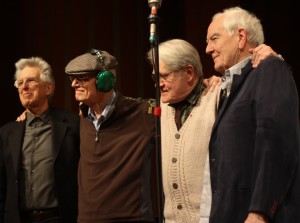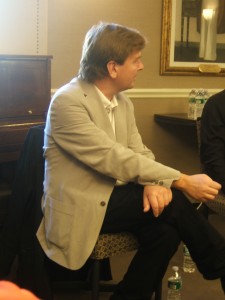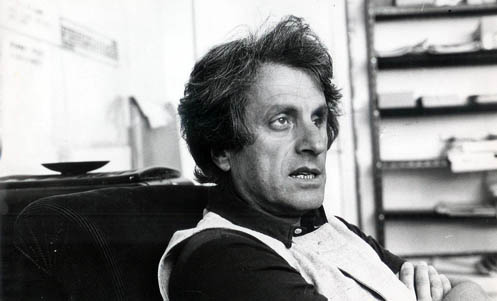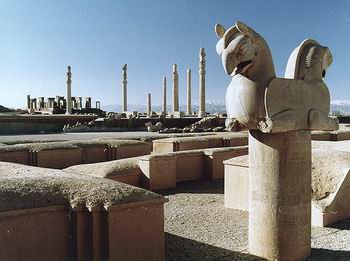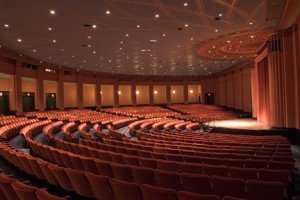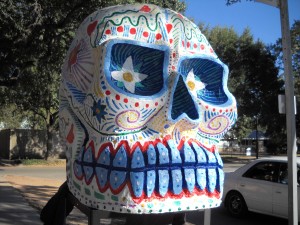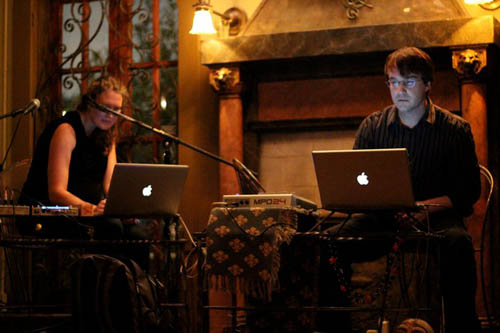Innerviews: Music Without Borders
(Extraordinary Conversations with Extraordinary Musicians)
by Anil Prasad
Abstract Logix Books; 315 pages, Published 2010

Anil Prasad has covered music on the internet longer than practically anyone. He started the website Innerviews in 1994, well before blogging, social media, and a host of other technological changes. The web has changed remarkably over the past sixteen years, but Innerviews has remained a consistent and engaging part of the internet’s musical life.
Prasad regularly publishes interviews with musicians from a plethora of genres: jazz, fusion, funk, prog, world music, electronica, etc. Innerviews the book collects some of his most noteworthy conversations with a diverse yet distinguished assortment of musicians.
Each chapter is devoted to a different artist (24 in all). Interviewees include Victor Wooten (who also writes the book’s foreword), John McLaughlin, David Torn, Björk, McCoy Tyner, and David Sylvian.
(True, the emphasis is on jazz, world, and popular music, but even the most classically oriented of Sequenza 21’s readers will likely find plenty here that speaks to the lives of concert music artists as well).
Prasad sets up the interviews with lengthy introductions, detailing the artists’ biographies and respective career trajectories. The interviews themselves feature discussions of creative process, musical inspirations, and approaches to performing and recording. Happily, Prasad avoids the sensational (PR-induced) talking points that are so often found in many recent “press interviews.” He instead favors affording the artists a more open-ended conversation, and the chance to share in depth observations about the music itself.
There’s another key component of every Innerviews interview that’s worth mentioning. Prasad doesn’t shy away from the interior life of creative artists, asking each musician to describe their spiritual journey and how it relates to their musical experiences. It’s refreshing that this open-ended line of inquiry elicits such a variety of responses. It appears that, much like the panoply of musical styles referenced in Innerviews, the question of spirituality inspires in artists an abundance of creativity.
